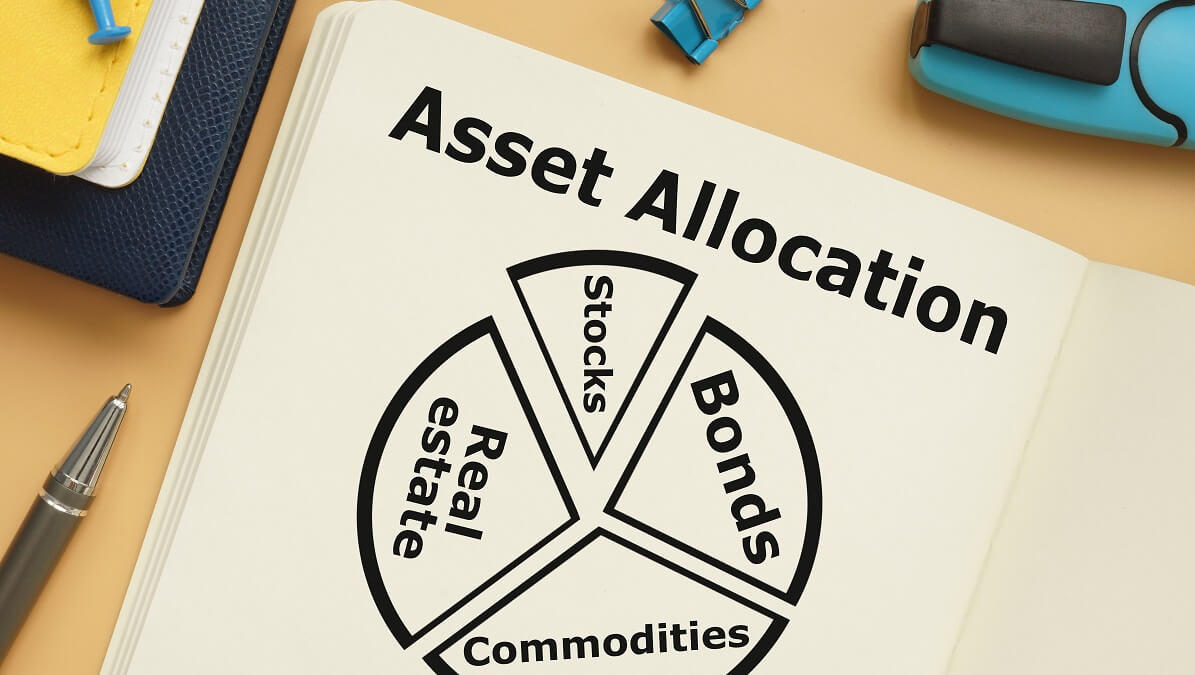When it comes to how your money is invested, putting all your money into the balanced option with financial products such as ETFs can feel safe. But by ignoring your asset allocation you risk depriving yourself of big returns.
Your asset allocation is the mix of investment asset types in your portfolio, be it your private portfolio or that held by your superannuation fund.
This includes Australian and internationally based assets such as shares, property, infrastructure, bonds and cash.
The investment returns that you achieve over time are largely driven by what proportion of these assets you own.
Read: Time to abandon this retirement spending rule of thumb
The investment returns you want are as individual as people themselves. But much will depend on your investment time frame and how far you are from retirement.
For example, if shares make up a high proportion of your portfolio (or any other growth-oriented assets), you can expect a higher return over a long time.
But over the short to medium term, you can expect a great deal of volatility from market ups and downs. Having a lot of money in shares would therefore not make sense if you were planning to retire soon.
At the opposite end of the spectrum, if most of your money is in cash and bonds (or other income-oriented assets), your return over a long period will be much lower. So if retirement is still years away, you may want to look at higher growth asset classes or property.
Read: Why your investment risk profile really matters
How you have your money divided between these asset classes can account for as much as 90 per cent of the variability in individual investor returns, says Annika Bradley, director of manager research ratings at Morningstar.
“Determining an appropriate asset allocation is a very personal decision,” she says.
“It depends on your goals, your time horizon to achieve those goals, and your risk capacity.”
“For those who prefer rough rules of thumb, 100 minus your age should be allocated to growth-orientated assets. If you’re 70 years old, it should be between 30 per cent and 50 per cent.”
Read: How to invest in a bear market
Many are premixed, diversified portfolios, such as those found in so-called ‘balanced’ super funds and ETFs.
The label sounds comforting – not too much risk, but not too little either – but you need to understand the asset allocation of the fund and whether it’s appropriate for your goals and time from retirement.
By mixing your investments just right, you can make more money in the long term, build insurance against economic downturns and most importantly – build the retirement you really want.
How do you have your investment assets allocated? When was the last time you checked? Let us know in the comments section below.

